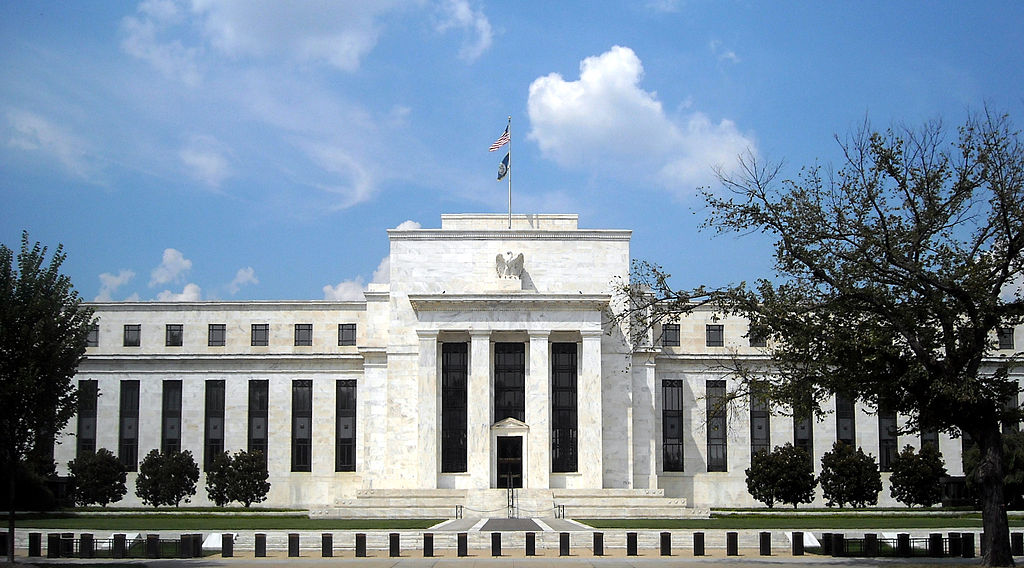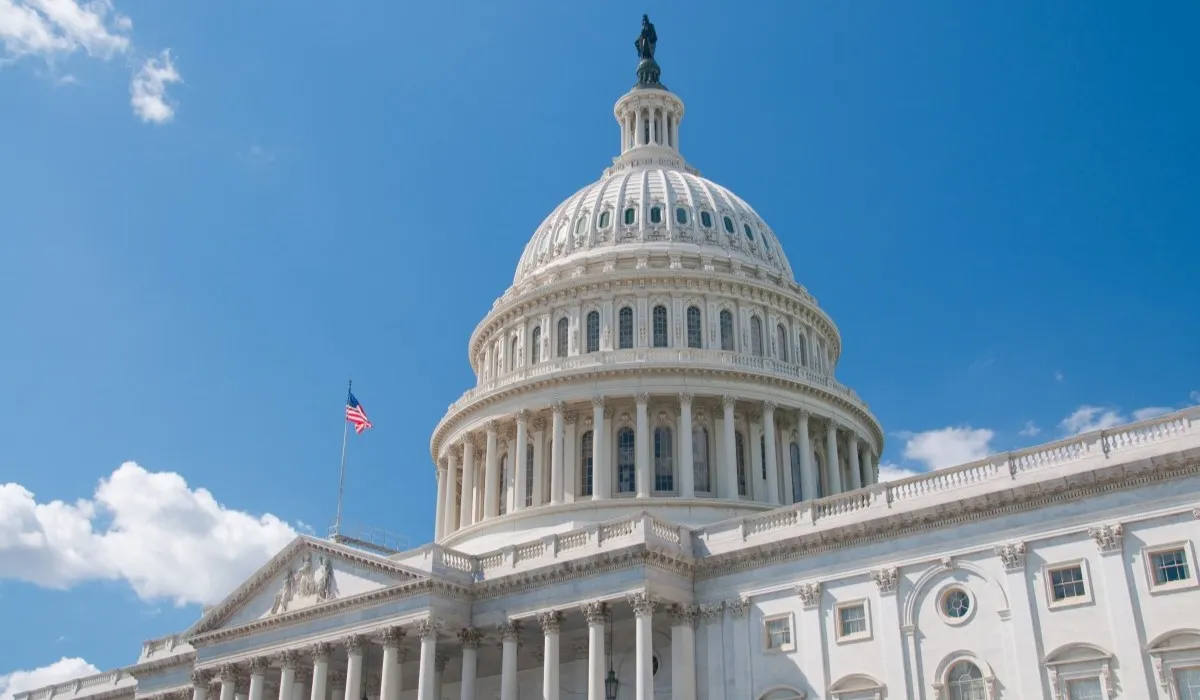Buyer Rep Agreements Don’t Change Commission Rates: Fed Study

Buyer representation agreements have no impact on real estate agent commissions, according to a report published this week by researchers at the Federal Reserve.
The report examined commission rates advertised to buyers’ agents through data from CoreLogic (which recently rebranded as Cotality). This includes the CoreLogic House Price Index and CoreLogic Market Trend reports, which covered roughly 50% of properties listed nationwide from 1995 to 2023.
This data was used to analyze the relationship between home prices and agent commissions, examining how buyer representation agreements and state legislative commission rebate bans impacted commissions.
While buyer representation agreements were mandated by the National Association of Realtors‘ (NAR) commission lawsuit settlement agreement, they were already mandatory in 15 states prior to the settlement going into effect in August 2024.
The report found that commission rates have come down from roughly 3% in the 1990s to 2.7% in 2023. Additionally, the range of commissions has also increased. The data showed that in 2002, rates were crowded at roughly 3%, but in 2023, they were spread between 2% and 2.5%.
Despite the drop in commission rates, the report still found that the highest bar remained at 3%. This suggest that the industry norm of a 6% commission split between the buy-side and sell-side agents persists.
“This persistence may be explained by steering and how poorly low-commission properties fare. Low commission listings stay on the market for longer and are less likely to sell,” according to the report, which cited a study from 2019.
The report cited another study from 2017 which claimed that “brokerage firms that offer low commissions are less likely to obtain cooperation from agents from larger firms, who make up the majority of the real estate market. Thus they are unable to compete with full-commission brokerage agencies.”
When taking into consideration median home prices — which have nearly doubled since 1995 — the researchers found that the rising prices negated any impact agents would have felt due to lower commission rates.
“The variation in rates across metropolitan areas is negatively correlated with house prices, and we find that controlling for house prices in a panel regression eliminates the downward time trend,” the report states.
“When house prices are higher relative to consumer prices or prevailing incomes, real estate agents may be more willing to work for lower commission rates, since the higher selling price offsets the lower rate.”
Additionally, after examining commission rates before and after the buyer representation agreement requirements and rebate bans took effect in different states, and controlling for home prices, the researchers found “no material or statistically significant effects of buyer representation agreement requirements or buyer rebate bans on advertised commission rates, suggesting that changes in these policies might not have a material effect.”
The report noted that the NAR settlement removed all offers of compensation from the MLS, which the researchers felt could “could mitigate the issues of steering and collusion” and “lead to more substantial changes to business models and agent commissions going forward.”
But the researchers also acknowledged that listing agents are still sharing offers of compensation, either cooperative or from the seller, in places besides the MLS.


